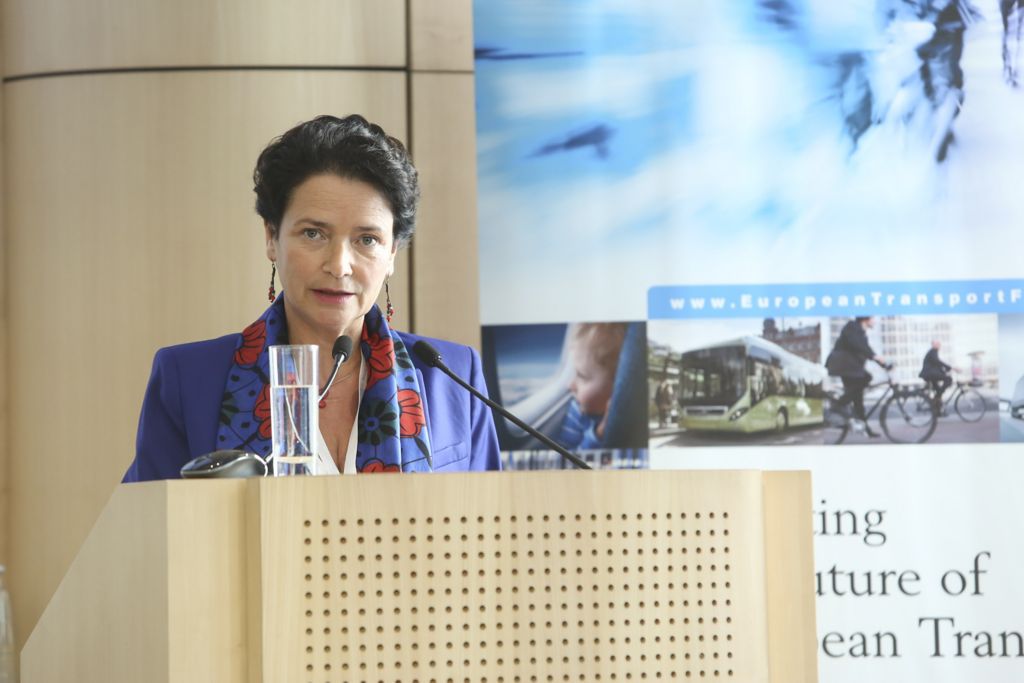Keynote address by Miguel Arias Cañete, EU Commissioner for Climate Action and Energy, European Commission
Mr Cañete reminded attendants that already 60 countries, responsible for 47,7% of CO2emissions, have ratified the 2015 Paris COP21 Agreement on Climate Change, making the EU contribution (representing 12%) critical for the entry into force of the agreement. He stated that the transition to a low carbon economy, in addition to being essential for the planet’s climate, is vital for Europe’s economic prosperity and global competitiveness.
He further emphasized that with almost a quarter of the EU’s greenhouse gas emissions coming from transport, this sector has a vital role to play. Explaining the EU’s effort to reduce its emissions, Mr Cañete explained where the transport sector fits in and concluded that by mid-century, greenhouse gas emissions from transport will need to be at least 60% lower than in 1990 and be firmly on the path towards zero.
The key levers that the Commission is working to address, which Mr Cañete says will tilt the transport sector in the right direction include
1. improved efficiency of the transport system
2. increased use of low-emission alternative energy for transport
3. transition to low- and zero emission vehicles
Mr Cañete further focused on two key policy measures that he expects to deliver the majority of the emissions reductions in the transport sector:
1. The post 2020 efficiency standards for cars and vans, and
2. The EU strategy for heavy-duty vehicles.
He invited those who have not already done so to contribute to the public consultation which the Commission launched in July on the post-2020 legislation before 28 October 2016.
According to Cañete, a key aspect of the future legislative framework is to define what is a low- emissions vehicle in a technology neutral way and to create the right incentives to encourage innovation, adding that a quicker roll out of low emission infrastructures is necessary to ensure that the supply meets the demand.
